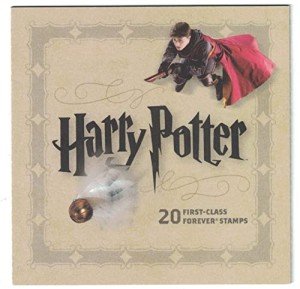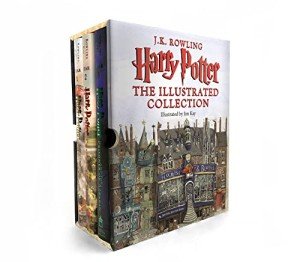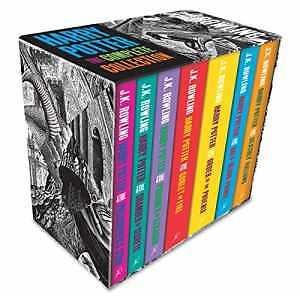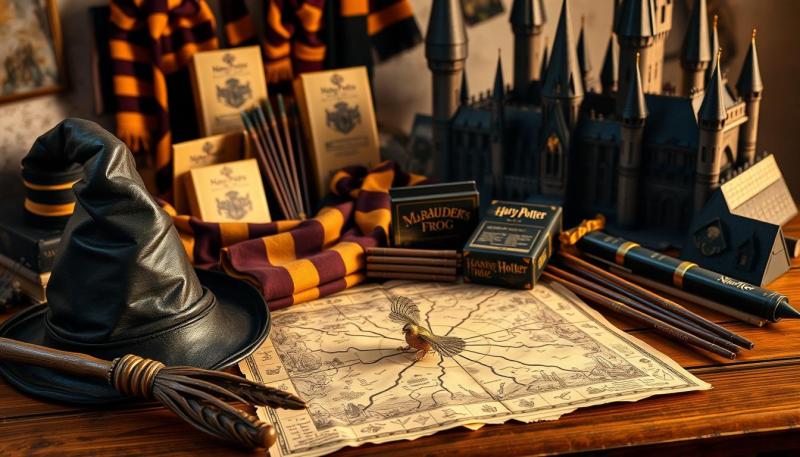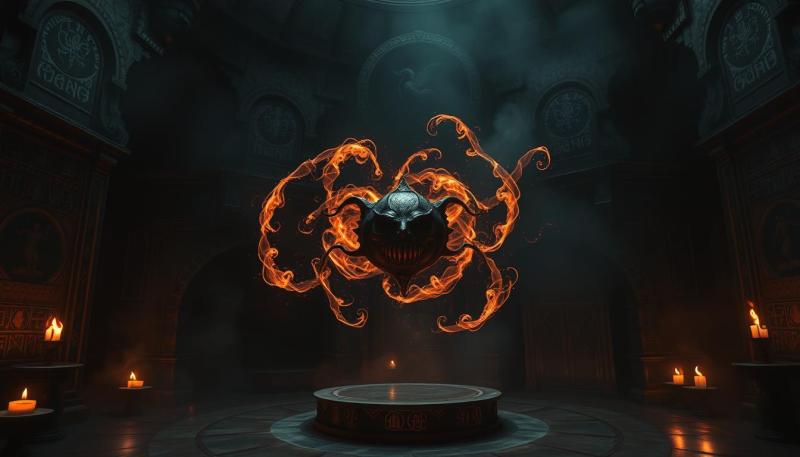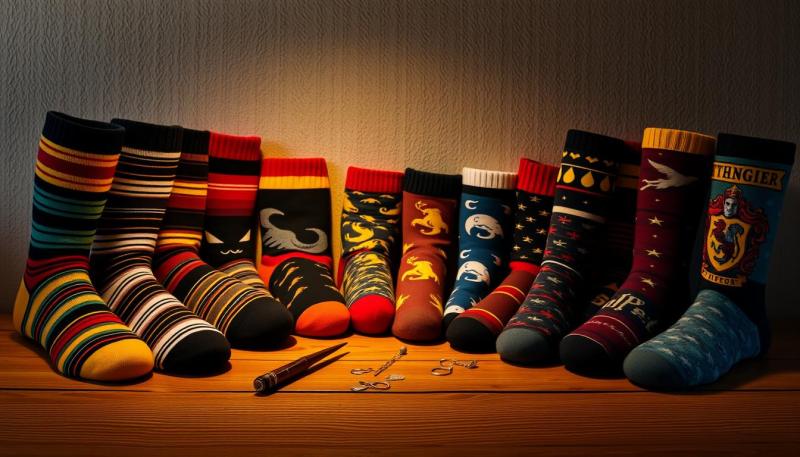Harry Potter book covers have captivated readers worldwide for over two decades. These iconic images have become as beloved as the stories themselves. The covers have evolved significantly since the first book's release in 1997, reflecting changing artistic styles and marketing strategies.
You might be surprised to learn that over 200 different covers have been created for the seven main books in J.K. Rowling's series. Each version offers a unique interpretation of the wizarding world, from abstract designs to photorealistic illustrations. The variety of covers appeals to different age groups and cultural preferences, helping to broaden the series' appeal.
As you explore the world of Harry Potter book covers, you'll notice how they vary between countries and editions. For example, the U.S. and U.K. versions often feature distinct artwork, catering to their respective markets. Special editions, such as anniversary releases and illustrated versions, have also introduced new and exciting cover designs over the years.
Key Takeaways
- Harry Potter book covers have changed dramatically since 1997, reflecting artistic trends and marketing strategies.
- Different countries and editions feature unique cover designs to appeal to various audiences.
- Special editions and anniversary releases have introduced new artwork, expanding the visual representation of the wizarding world.
Evolution of Harry Potter Book Covers
Harry Potter book covers have changed dramatically since the series began. Artists have reimagined the magical world through various styles and editions over the years.
Original Covers and Their Artists
The first Harry Potter covers captured readers' imaginations. Thomas Taylor illustrated the UK edition of Philosopher's Stone, showing Harry next to the Hogwarts Express. Cliff Wright took over for Chamber of Secrets and Prisoner of Azkaban, bringing a darker tone.
For the US editions, Mary GrandPré created iconic covers for Scholastic. Her vibrant artwork depicted key scenes from each book. The Goblet of Fire cover featured the Triwizard Tournament's first task.
Jason Cockcroft illustrated the final UK books. His Half-Blood Prince cover showed Dumbledore and Harry in the cave. These original artists helped shape how readers pictured the wizarding world.
Redesigns and 20th Anniversary Editions
As the series reached milestones, publishers released new designs. Bloomsbury's 2014 covers by Jonny Duddle gave the UK books a fresh look. In the US, Kazu Kibuishi created new artwork for the 15th anniversary.
For the 20th anniversary, Bloomsbury released editions with House-themed covers. Each book had four versions representing Gryffindor, Hufflepuff, Ravenclaw, and Slytherin. These designs celebrated the series' enduring appeal and allowed fans to show House pride.
Special Editions and Collector's Sets
Publishers have released many special editions over the years. Illustrated editions by Jim Kay brought the stories to life with detailed artwork. These large-format books feature full-color illustrations on nearly every page.
Deluxe and collector's editions offer unique designs for dedicated fans. Some feature cloth bindings, foil stamping, or custom box sets. The House editions include extra content about each Hogwarts House.
You can find international editions with covers tailored to different cultures. From abstract designs to photorealistic art, these varied interpretations show Harry Potter's global impact.
Harry Potter Forever Postage Stamps Booklet
Celebrate your love for the Wizarding World with these enchanting postage stamps that bring the magic of Harry Potter to your mail
Product information
$32.50 $29.95
Product Review Score
4.49 out of 5 stars
140 reviewsProduct links
Regional Variations in Harry Potter Book Covers
Harry Potter book covers differ greatly around the world. These variations reflect cultural differences and local artistic styles.
US Editions Versus UK Editions
The most notable difference between US and UK covers is the title of the first book. In the UK, it's Harry Potter and the Philosopher's Stone, while in the US it's called the Sorcerer's Stone.
US editions often feature more colorful, action-packed scenes. You'll see Harry in dynamic poses, often with other characters or magical creatures.
UK covers tend to be more whimsical and stylized. They focus on symbolic elements from the story rather than specific scenes.
The font styles also differ. US editions use a lightning bolt-shaped font, while UK versions have a more traditional serif typeface.
Translation and International Editions
When Harry Potter books are translated, the covers often change dramatically. These designs reflect local artistic traditions and cultural interpretations of the story.
In some countries, you'll find covers with grand paintings. Others use more abstract or cartoon-like styles.
For example, Italian covers often feature realistic, detailed artwork. Japanese editions have anime-inspired illustrations.
Some international covers focus on different story elements than English versions. They might highlight secondary characters or magical objects that resonate more with local readers.
These varied designs show how Harry Potter has been embraced and reimagined around the world.
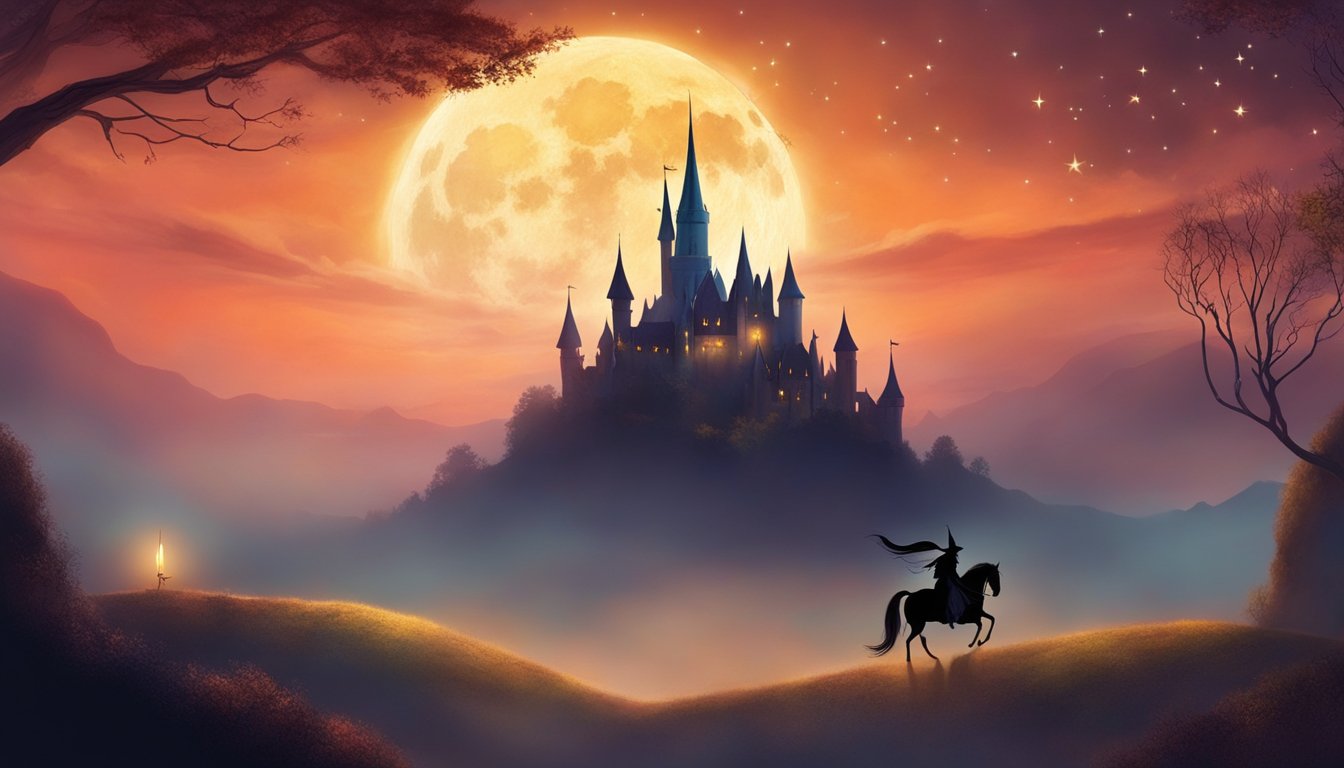
Marketing and Commercial Strategy
The Harry Potter book covers played a crucial role in the series' marketing success. They captivated readers and drove sales through strategic design choices and retail partnerships.
Role of Cover Design in Marketing
Book covers are powerful marketing tools. For Harry Potter, the covers sparked curiosity and hinted at magical adventures inside. The vibrant colors and intricate illustrations drew your eye on crowded bookstore shelves. Each cover featured iconic scenes or characters, giving you a taste of the story.
As the series grew, the covers built anticipation for new releases. Fans eagerly awaited cover reveals, fueling pre-order sales. The consistent style across books created a recognizable brand for the Wizarding World. This branding extended to merchandise, movies, and theme parks.
Different cover designs for various markets helped tailor the books' appeal. Adult editions used more subtle artwork to attract older readers.
Affiliate Marketing and Retail Packaging
Retail partnerships boosted Harry Potter's reach. Bookstores created elaborate window displays and midnight release parties. This turned book launches into events, driving sales and media coverage.
Special edition covers and box sets gave you reasons to buy multiple copies. Collectible editions with unique artwork appealed to fans and collectors alike. Retailers used teaser campaigns to build excitement before new releases.
Online retailers used affiliate marketing to promote the books. Bloggers and fan sites earned commissions by linking to purchase pages. This spread word-of-mouth marketing across the internet.
Custom packaging for online orders enhanced the "unboxing" experience. It made receiving your book feel magical, encouraging you to share on social media.

